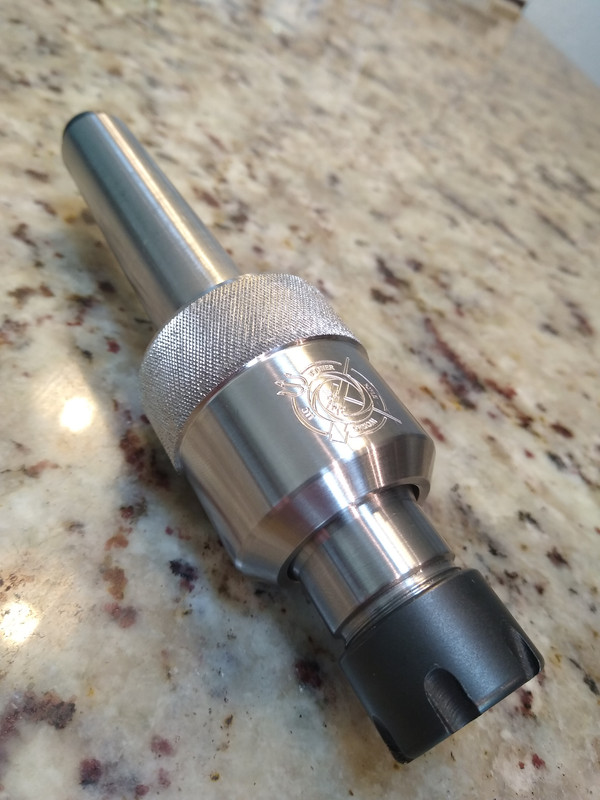^ Pretty much what he said.
I doubt any shooter could get behind several identically built rifles other than chambering method used, and pick out which was which by looking at the target.
Bores on premium rifle barrels are far straighter than the internet would lead one to believe.
Many builders, both hobbyists and pros are fooling themselves thinking they are measuring to, and working into the “tenths”, yet have no way to realistically qualify it.
A bore scope is a good tool to check concentricity of a throat/leade. A target and/or won matches is the best feedback.
Don’t get too caught up in the internet hocus pocus, as it’s real easy to do so. Find the method that makes the most sense to you that gives the results you’re after, be in simply if a 4j chuck, “between centers”, between spider chucks, or whatever.
I doubt any shooter could get behind several identically built rifles other than chambering method used, and pick out which was which by looking at the target.
Bores on premium rifle barrels are far straighter than the internet would lead one to believe.
Many builders, both hobbyists and pros are fooling themselves thinking they are measuring to, and working into the “tenths”, yet have no way to realistically qualify it.
A bore scope is a good tool to check concentricity of a throat/leade. A target and/or won matches is the best feedback.
Don’t get too caught up in the internet hocus pocus, as it’s real easy to do so. Find the method that makes the most sense to you that gives the results you’re after, be in simply if a 4j chuck, “between centers”, between spider chucks, or whatever.
Last edited:





